Rubber Seals for Slurry Pumps
In slurry pumps, various rubber seals are used, such as [...]
In slurry pumps, various rubber seals are used, such as O-rings and gaskets. Let’s take a look at the materials and characteristics of these seals.
NBR (Nitrile Butadiene Rubber): This material is widely used, and it is the most common material for sealing gaskets in slurry pumps. Its suitable temperature range is below 100 degrees Celsius. It has good resistance to weak acids and weak alkalis but is not resistant to polar solvents such as ketones and esters. It is also not ozone-resistant.
EPDM (Ethylene Propylene Diene Monomer): This material is particularly suitable for water-related applications. It exhibits good mechanical properties at low temperatures. It is resistant to ozone, ethylene glycol, and polar solvents such as alcohols, ketones, and esters. However, it is not resistant to mineral oils.
FPM (Fluorocarbon Rubber): This material is heat-resistant and can cover a wide range of temperatures and fluids. It can withstand temperatures up to 200 degrees Celsius. It is resistant to various acids, salts, fuels, mineral oils, and greases. It is also resistant to most solvents such as toluene and gasoline. It is resistant to oxygen and hot oils/lubricants. However, it is not resistant to alkaline solutions at high temperatures and is not compatible with polar solvents such as alcohols, ketones, and esters.
These are three commonly used rubber materials.

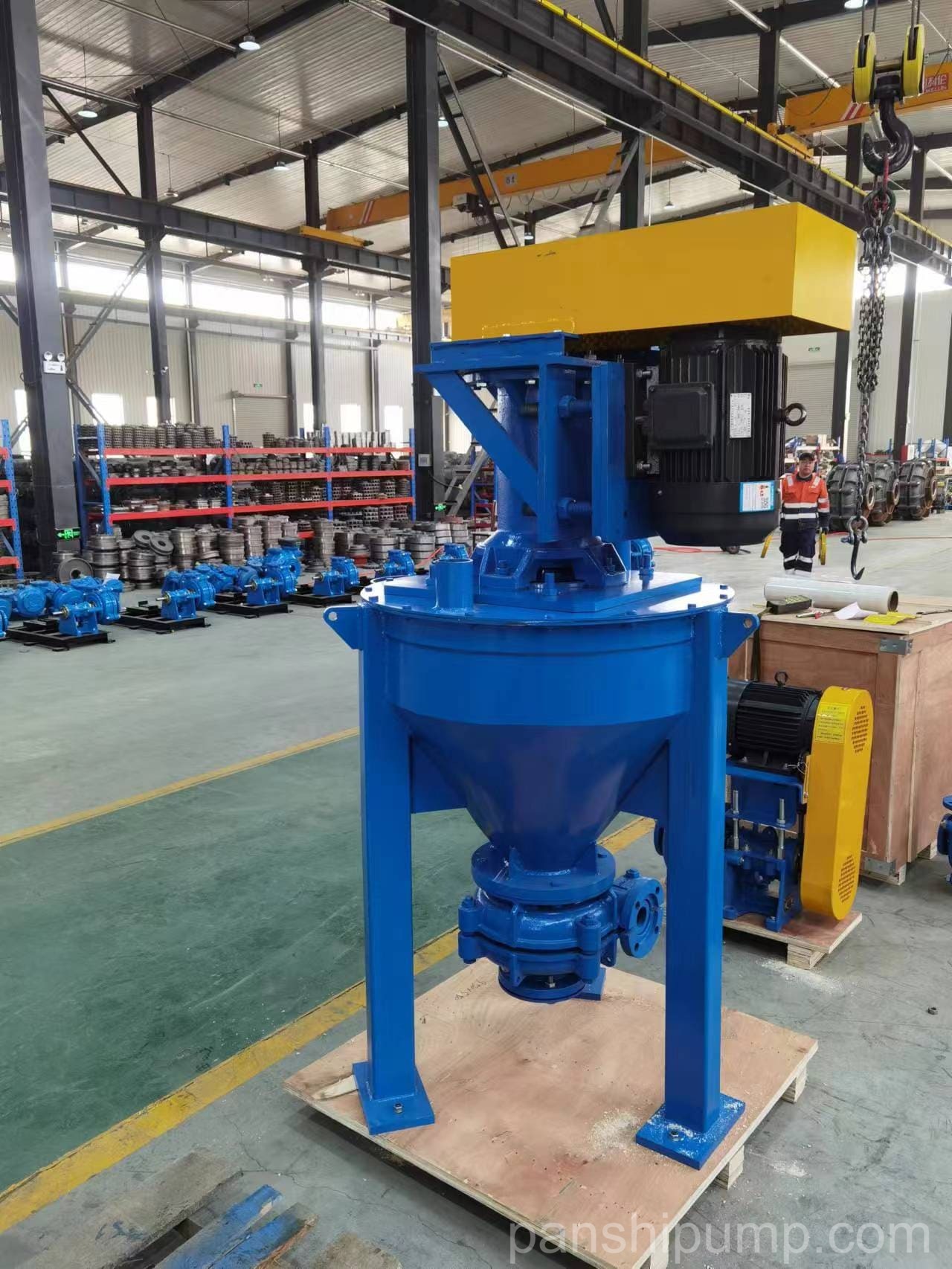
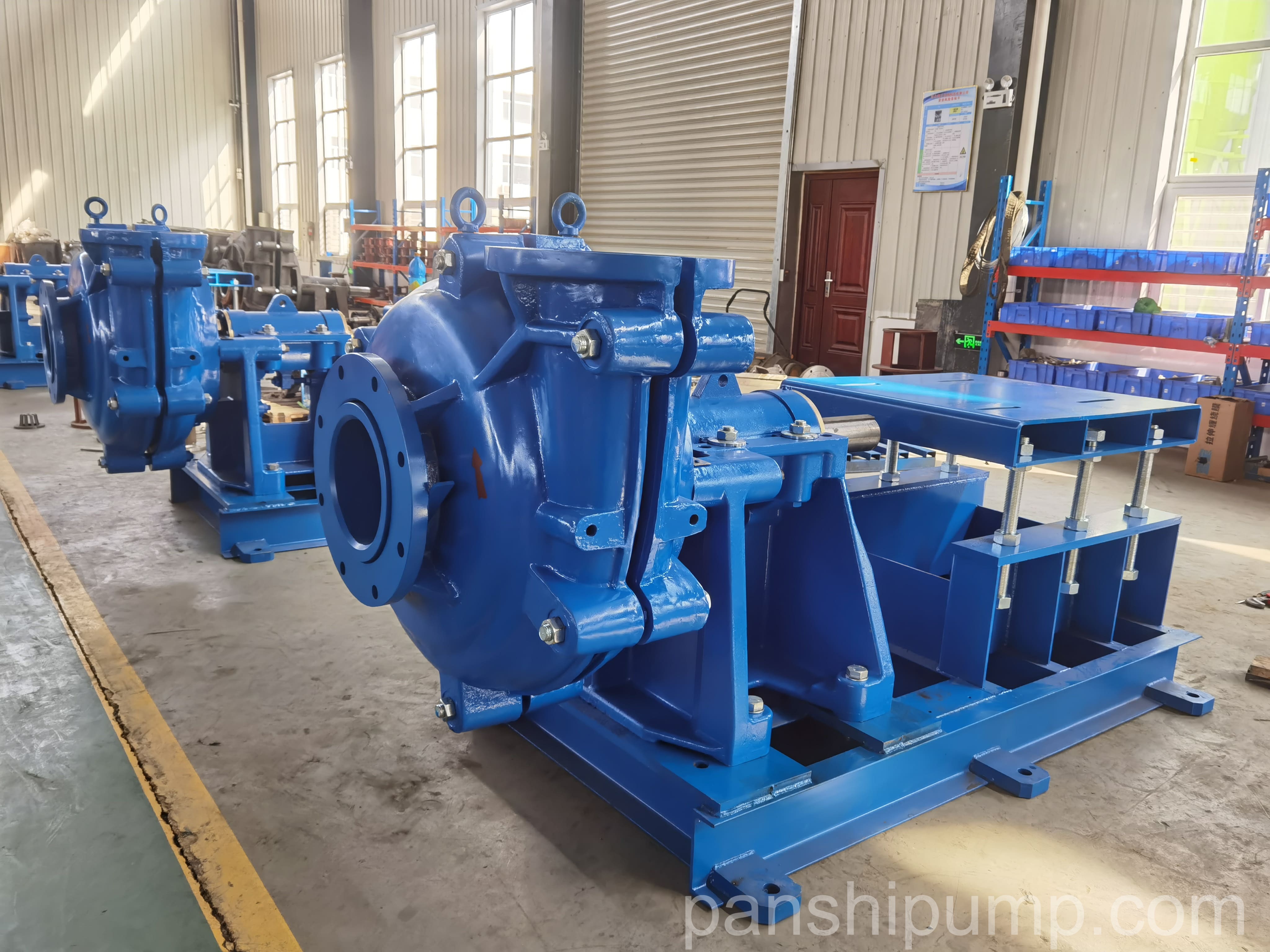
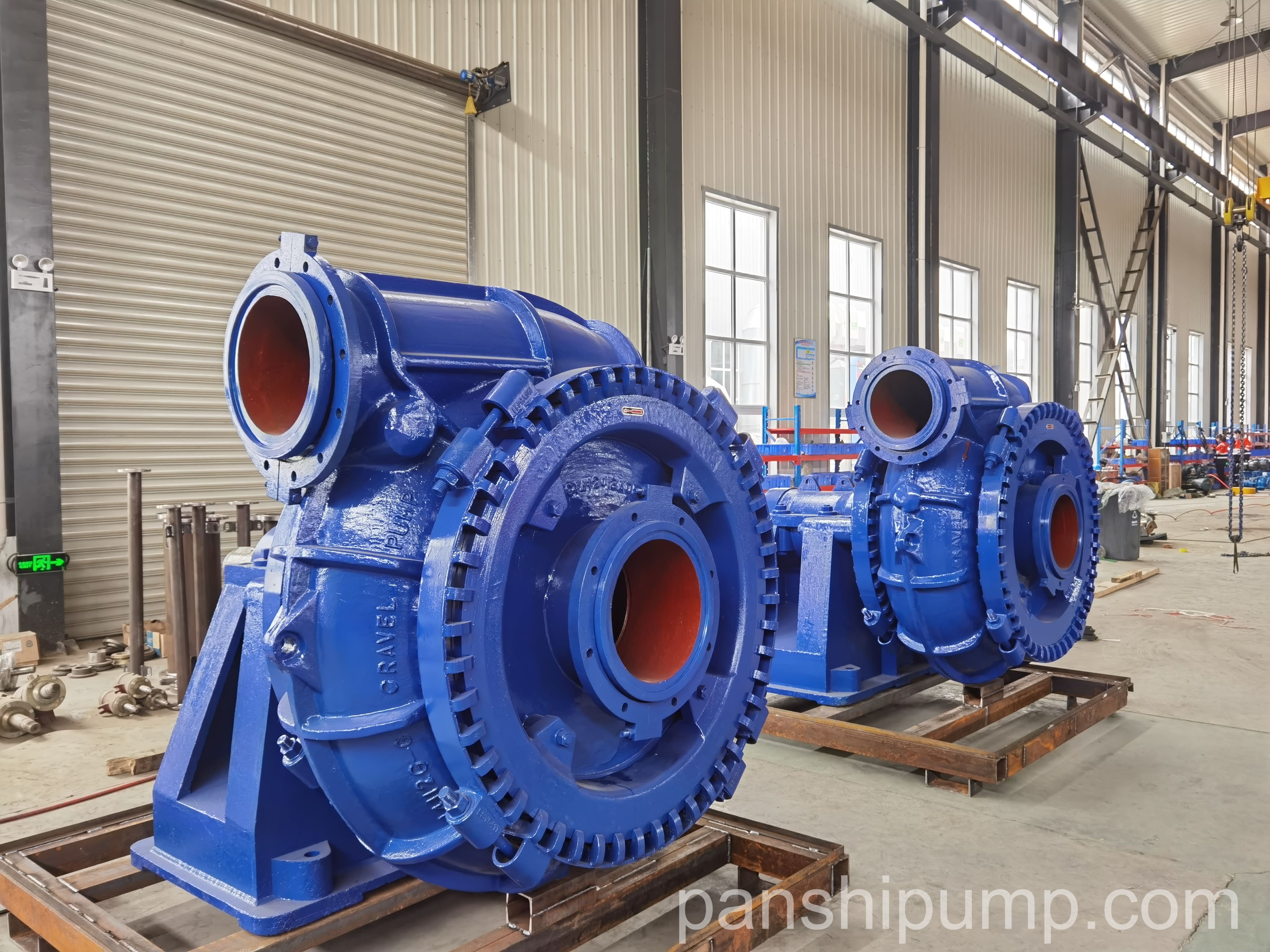
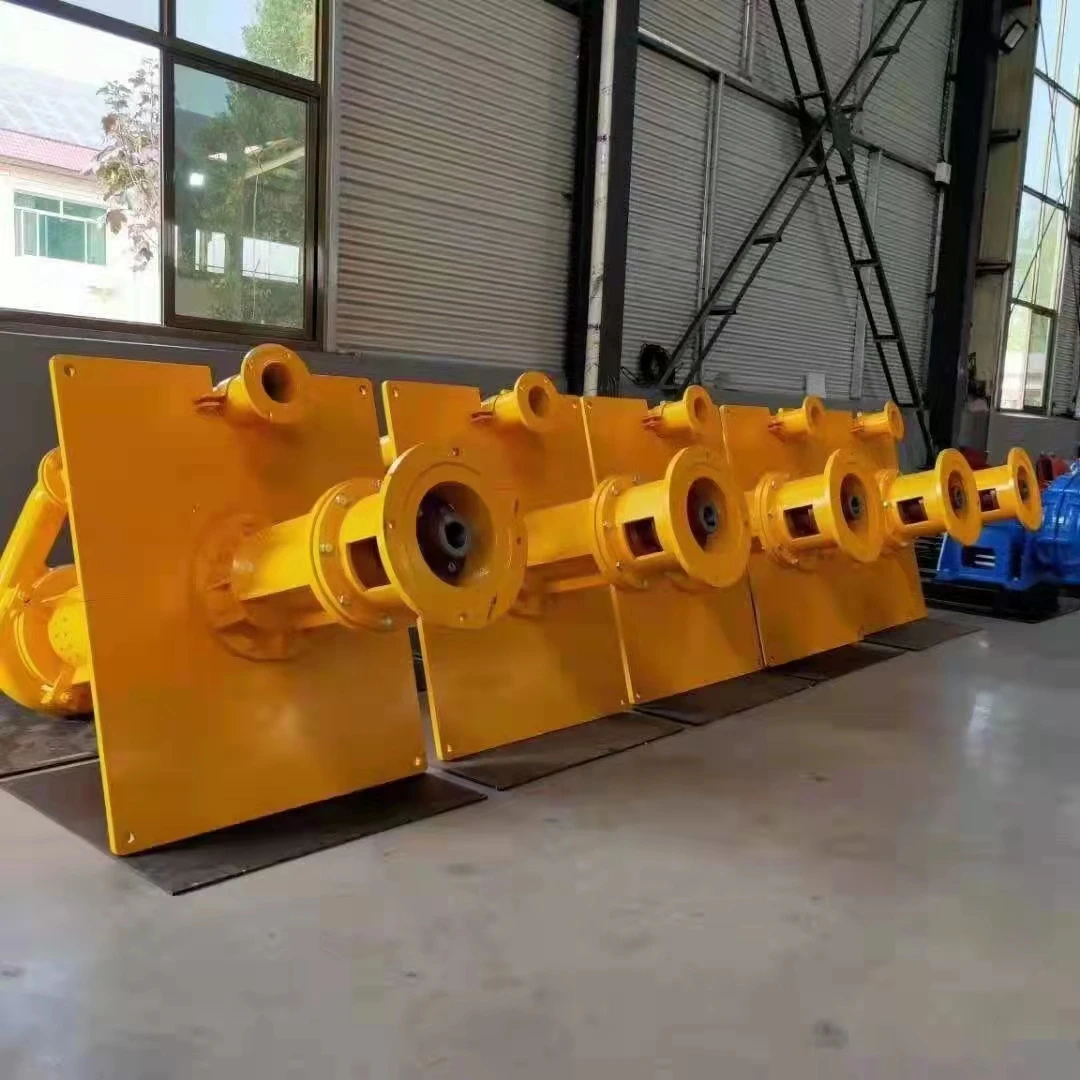
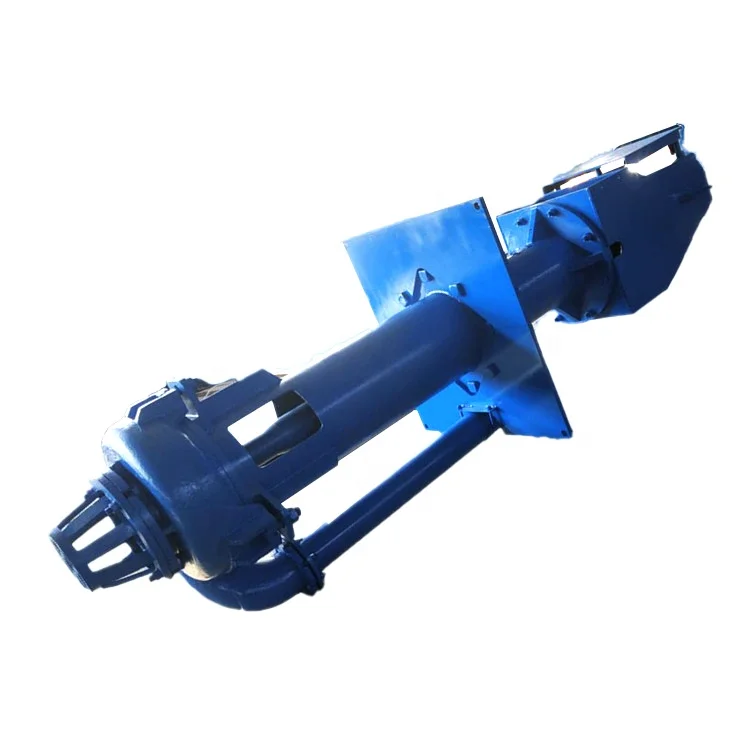
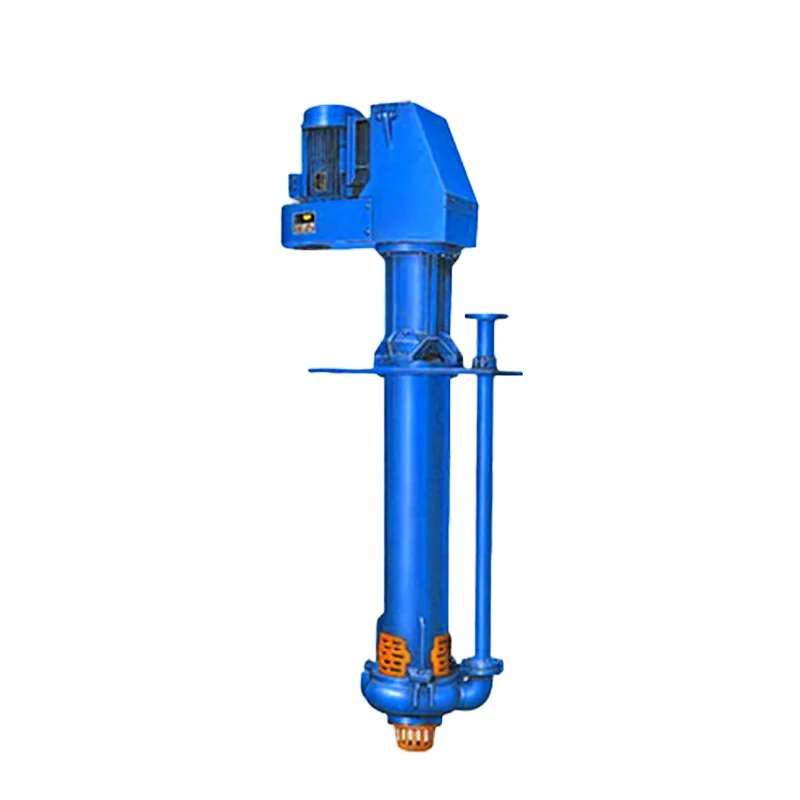
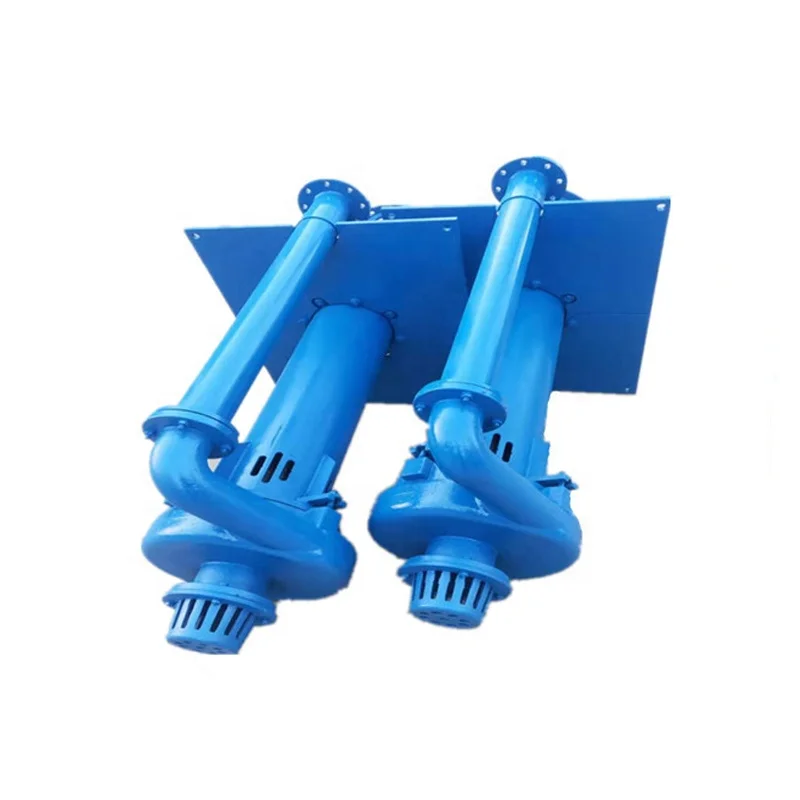
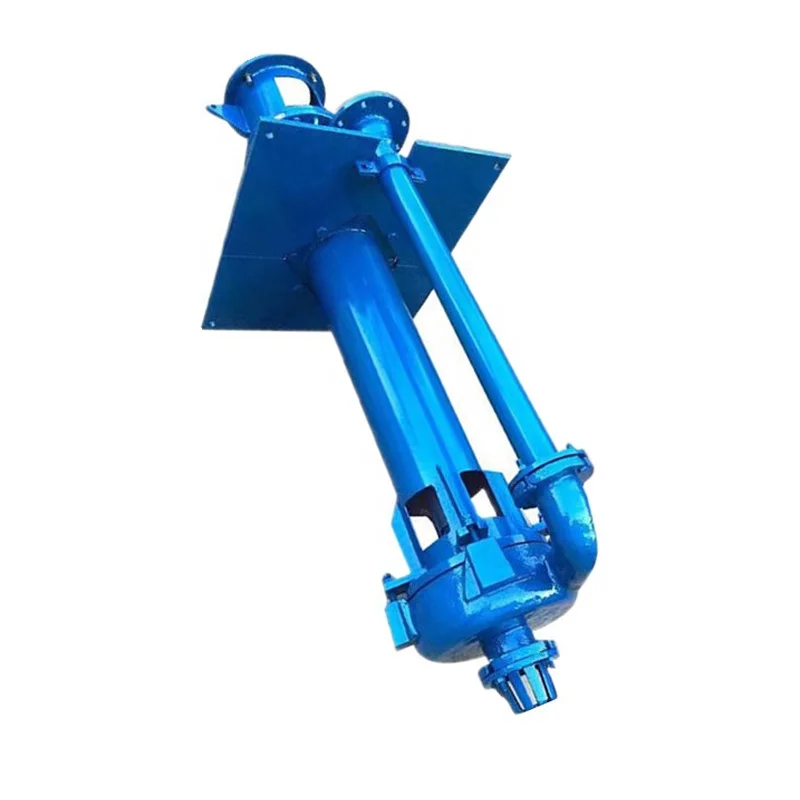
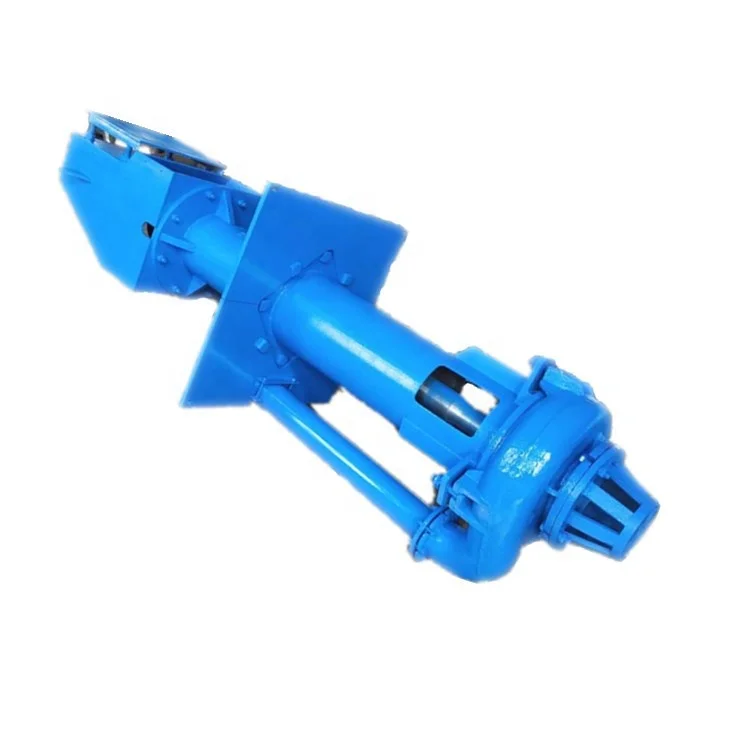
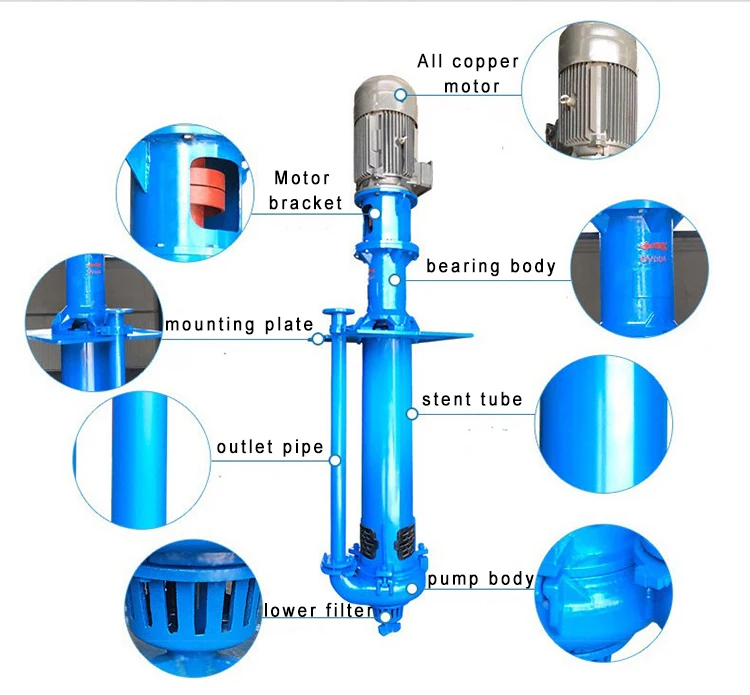
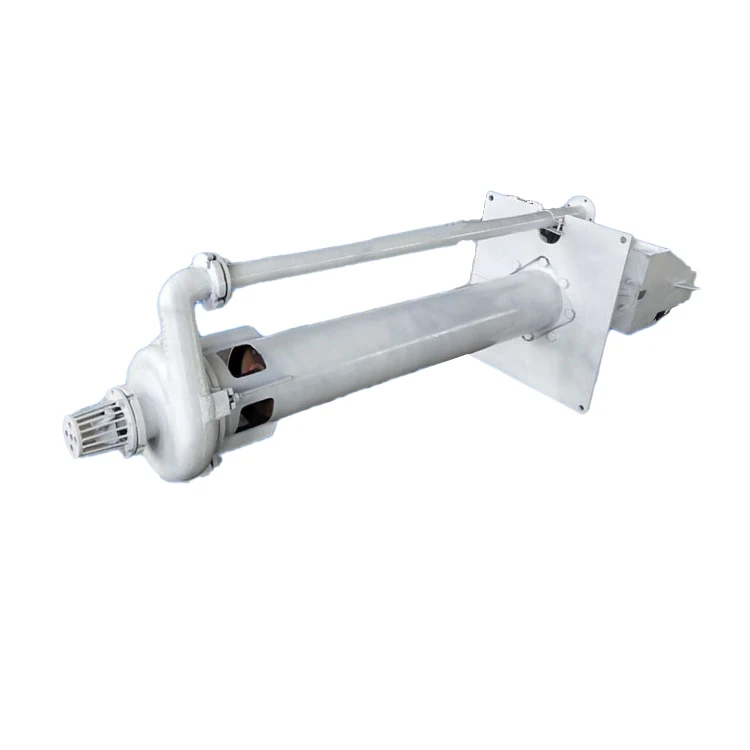
Please login to write a comment after